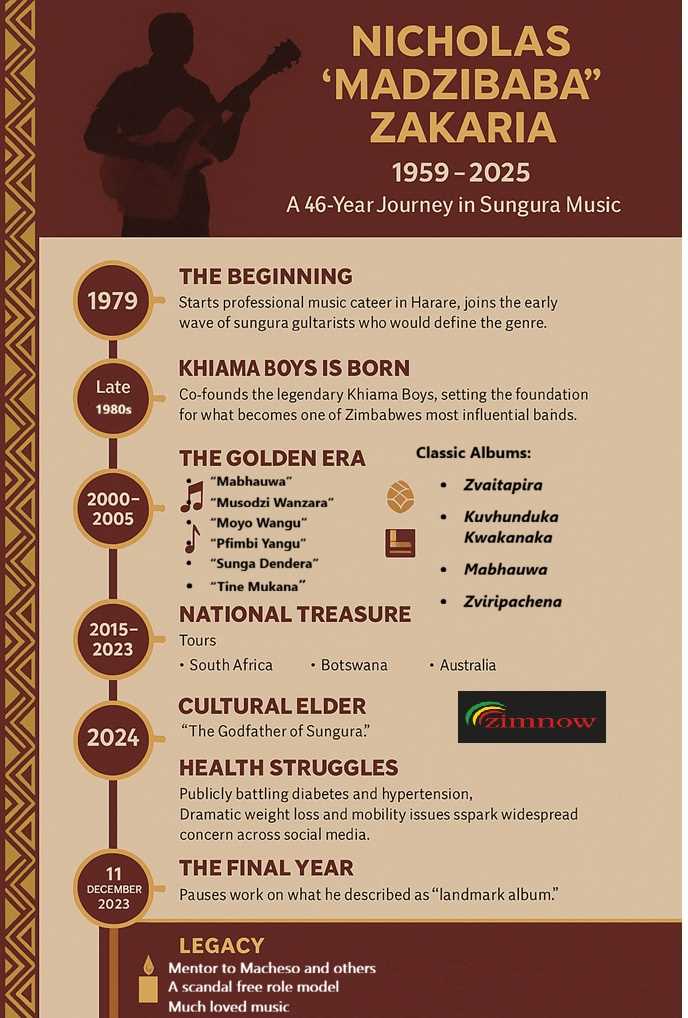
Zim Now Writer
Pregnant young adolescent girls aged 10 and above, are testing positive for HIV upon booking at the Antenatal Clinic, findings from a new National Assessment on Adolescent Pregnancies in Zimbabwe in a study conducted by the Ministry of Health and Child Care, in conjunction with Unicef and Unesco, have shown.
According to the report, an estimated 1 706 946 ANC bookings were made in 1 560 health care facilities captured in the DHIS-2 platform from 2019-2022 among women of childbearing aged 10 years and above. Of these, 21 percent were among adolescents aged 10-19 years. A total of 1 532 maternal deaths were recorded and of these 25 percent were among adolescent and young women under 24 years.
Of the estimated 50 957 pregnant women newly testing HIV-positive, 0.1 percent were among adolescents aged 10-14 years, 15 percent among the 15-19 years, 29 percent among the 20-24 years, 25 percent among the 25-29 years, 18 among the 30-34 years, 11 percent among the 35-39 years, and 3 percent among the 40 years and above age group. 2021 had the highest number of pregnant adolescent girls aged 10-14 years. 21 percent of ANC booking from 2019-2022 were among adolescents aged 10-19 years. 23.7 percent 1532 maternal death recorded over the same period.
“Adolescent pregnancy prevalence rate was 13National Assessment on Adolescent Pregnancies in Zimbabwe testing HIV positive compared to all the other years. About 0.2 percent of adolescents aged 10-14 years old newly tested HIV positive in 2021 compared to 0.04 percent in 2019, 0.1 percent in 2020, and 0.04 percent in 2022,” said the Report.
Related Stories
Out of the 177 769 HIV-exposed infants a total of 4 021 (2.3 percent) were infected with HIV during the four years. 2019 had the highest number of infants testing HIV-positive compared all the Covid-19 years. The total number of infants infected with HIV fell from 33 percent in 2019 (pre-Covid-19) to 24 percent in 2020, 2021 and 19 percent in 2022. Of the 4021 infants who seroconverted 3733 were initiated on ART and 288 were missed. The total number of infants initiated on ART fell from 34 percent in 2019 (pre-Covid-19) to 22 percent in 2020, 26 percent in 2021 and 18 percent in 2022 (Covid-19 phase).
“Adolescent pregnancy prevalence was 23.7 percent (337/1418) for adolescents aged between 10 -19 years. Among the 337 pregnant adolescences, 4.0 percent (20) had disabilities. The analysis of adolescent pregnancy prevalence showed that 0.9 percent of 10–14-year-olds (4/567) and 41.2 percent of 15–19-year-olds (333/851) were pregnant.”
The prevalence of pregnancy differed significantly between the two age groups, with older adolescents (15-19 years old) being 71.2 times more likely to be pregnant than very young adolescents (10–14-year-olds). There was also significant difference in pregnancy prevalence between religions (p= 0.012) with the Protestant 14.5 percent, Pentecostal 15.8 percent, Apostolic 31.5 percent and other (African Tradition Religion, Muslim, and no religion) 34.5 percent.
“When compared to those who practiced Protestantism, adolescents who practiced other religions were 2.79 times more likely to become pregnant, while those who practiced apostolic faith were 1.98 times more likely, and those who practiced Pentecostalism were 1.15 times more likely to become pregnant. Our analysis found a statistically significant association between age, knowledge of SRHR, condom use and adolescent pregnancy.
“There was evidence that older adolescents (15–19) year olds had statistically significant higher pregnancy prevalence of 82.3 percent whilst very young adolescents 41.8 percent (p<0.001).The older adolescents were 5.85 times more likely to be pregnant than the very young adolescents. Adolescents who did not use condoms were 3.90 times more likely to be pregnant than those who used condoms.




















Leave Comments